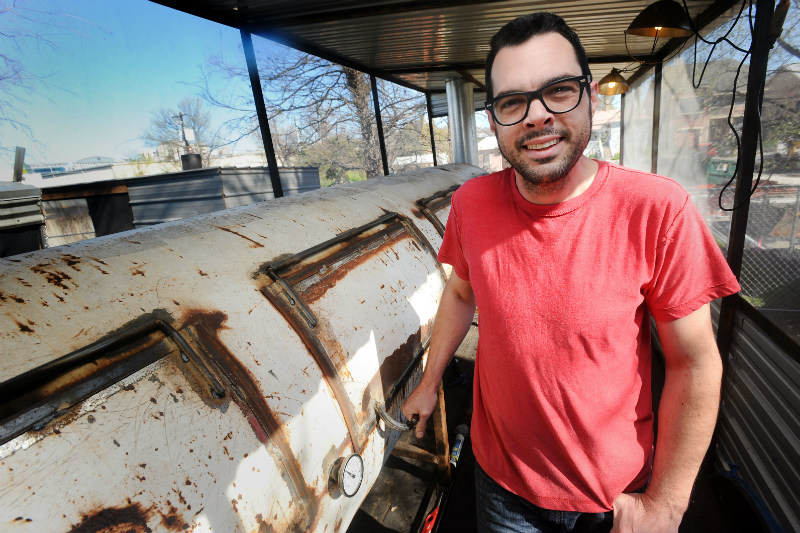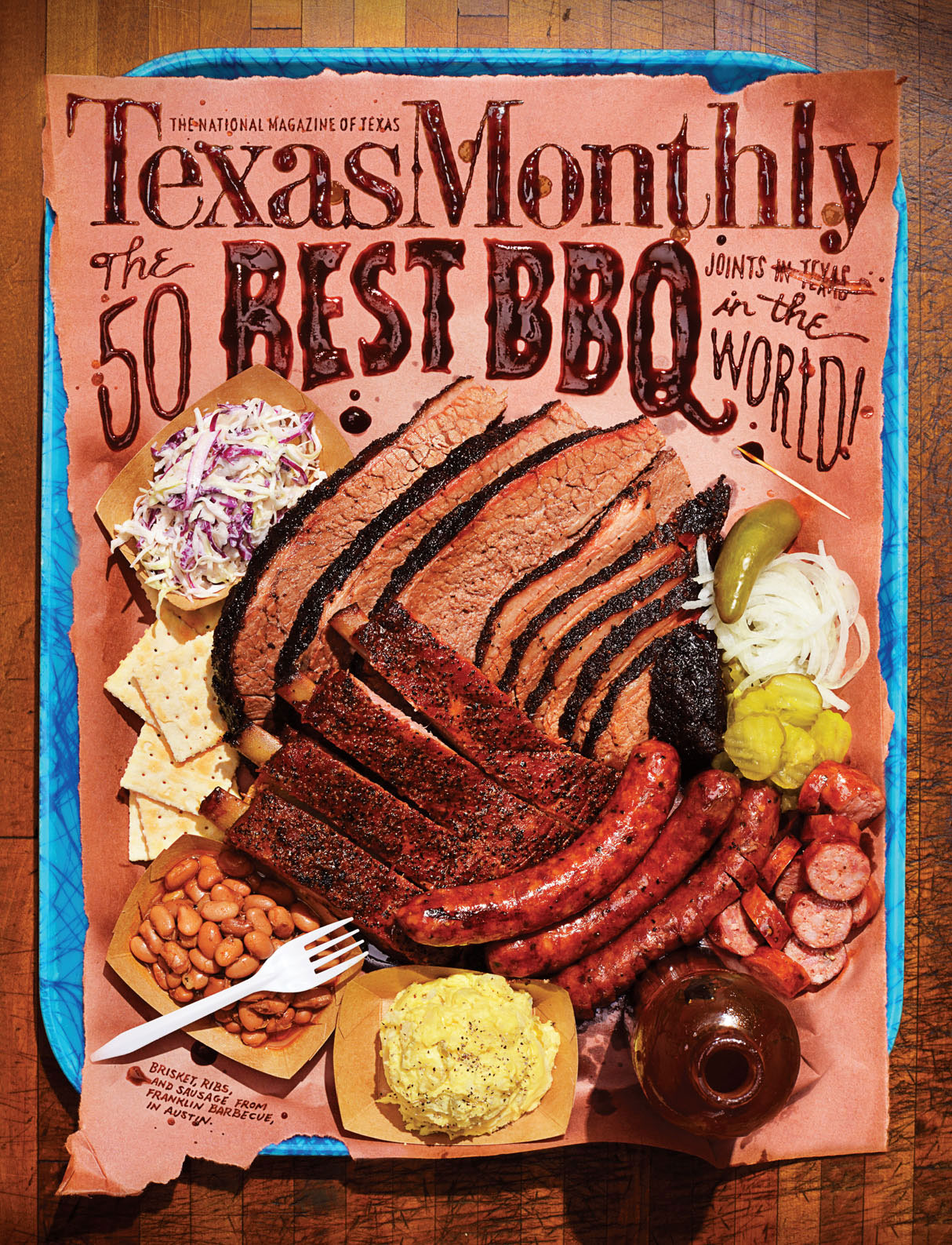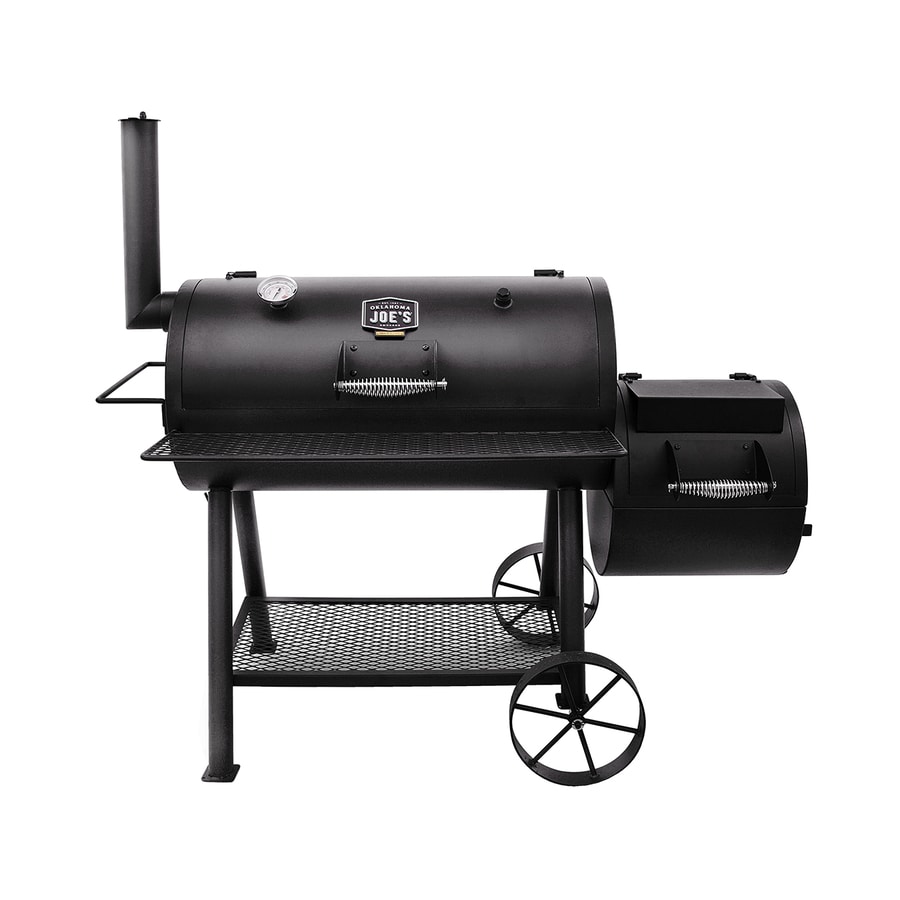$2/lbs Brisket and Time Management
So two weeks ago I saw Kroger was having brisket on sale for $1.99/lbs. Finally! My time has come to smoke a brisket.I picked up two packer cuts. Both were a bit larger than I wanted (15 & 16 lbs, and I wanted more in the 12 lbs range) but these were the smallest they had. I think that's why it was on sale to deplete their inventory. But hey, I was happy.
Time Management
So, my younger son works now and he's been the one egging me on to do brisket on the smoker. Since my availability to use the smoker is on the weekends, and he (more or less) works on the weekend, coordinating this so it's ready for a family meal before he rushes off to work can sometimes be a chore. When he told me he had to work at 6pm on Saturday I did some quick calculations and realized I would have to start about 2am. Figured 12 hours on the smoker, 1 hour rest, time to eat, clean up and get ready. Should work out.
But this also means I had a 'hard stop' for cooking at 2pm, regardless how ready it is. More on that later.
The Smoker
 |
| See? I remembered this time! |
This round I remembered to add back the grate. Now oxygen can get underneath the fire and it won't smother like last time.
Also, it was cold Friday night when I was preparing everything. Close to (but not quite) freezing overnight. Since outside temperature can have an effect on the smoker as well, I decided to do two chimneys of charcoal, instead of just one to get a pretty goof fire going. Lots of heat. And get the main chamber up to temp a lot quicker.
So, after lighting the chimneys, it was time to trim and season the brisket.
The Meat
 |
| Trim away! Trim away! Trim away! (Apologies to Enya fans) |
I trimmed as much as I dared. Some areas are easy. Some parts of the fat was just unusually hard and you can tell it won't render when cooked, so those pieces to cut were easy. For everything else, my patronus, Aaron Franklin, says try to trim to about a 1/4" of fat. That should be enough to fully render during the cooking.
 |
| Ready for the Smoker! |
Now, to season it. Again, my patronus suggests a 50/50 blend of salt and cracked black pepper. In the past I've used store bought rubs and made my own adding garlic, onions, cumin and sugar. All are good, but I wanted to try Central Texas barbecue this round and see how it goes. So, loaded up the shaker and rubbed generously all over the meat.
The Cook
 |
| See you in about 4 hours. |
Set the meat, close the door aaaannnndddd....wait. (And drink beer - Shiner Blonde this round)
Don't worry. I only had two. It was already 2am when I started cooking.
Fire management was a LOT better this round. But that's not to say I still didn't encounter problems.
The wood I got was oak cut for firewood. The pieces were huge. Some pieces wouldn't even fit in the firebox. But even the ones that did, they were so large pieces it caused its own issues of smothering the fire, or when it finally catches it would get the temperature too hot, meaning cut the oxygen and choke the fire.
 |
| 4 Hours cook time |
My routine that night was pretty simple. Check temperature, add/stoke wood as necessary, set time for 30 minutes, power nap, repeat. After a few hours of this I was able to increase the time to 45 minutes, but wouldn't dare go longer than that.
Four hours in, curiosity got to me and I had to check (and take a picture). Looks good so far. Plus I had two smaller pieces in there I was using to make pinto beans to go with lunch today, so I retrieved those.
How Cold Was It?
 |
| Inner Space Cavers got nuttin' on me |
8 House Later
 |
| 8 hours later |
Another 4 hours and it should be ready...
...should be.
The Final Hour and Rest
So, eleven hours in and I started checking temperatures. Point was at about 190 and the flat was hovering about 180.
So, real quick. Lots of people know that when cooking, say ground beef, you achieve an internal temperature of 165 and it's done. Not the case with brisket. I don't know the magic that's involved, but basically the answer to this riddle is "If you overcook it, it gets tender" which goes against every cook's fundamentals regarding when a piece of meat is done.
And apparently, about 203 degrees is done.
As I mentioned above, I'm on a time limit. Son has to be at work by 6pm. It's 1pm. I've got another hour before pulling from the smoker, and there's another hour of rest and roughly 20-ish minutes to prep everything else for lunch. So, 3:30pm for dinner is the goal.
And right now it's underdone.
I won't bore you with the details, but basically the next hour was spend closely monitoring the temperature and by the time it was ready to pull, it was at about 195 for the point and 188 for the flat. It'll have to do.
I pull, bring into the kitchen and let it rest for an hour.
New Toy
 |
| Say 'Hello' to my little friend! |
So, after it rested for an hour, it was still plenty warm to the touch. In the meantime I finished the beans and cornbread and got everything ready, waiting for the brisket at the last minute.
Now it was time to unwrap and slice. I got me a new 12-in stainless carving knife specifically for slicing brisket.
And let me tell you, it cut through like buttuh! Nice smoke ring. Juicy. Smokey goodness, And I really like the 50/50 salt/pepper blend. It really highlights the meat instead of masking it.
Now, those little 10-20 degree differences in the point and flat? Flavor was there, but there was definitely some toughness still I could tell (You're your own worse critic as they say) but the family really enjoyed it. And any barbecue you can still eat is always a success.
Takeaways
 |
| The end result! Smoked carcass! |
And that's the point of the blog. To record my experience and learn from my mistakes and missteps along the way.
So, what did I learn?
- Wood needs to be smaller pieces (no wider than 2.5" in diameter)
- Try to use a smaller (12-ish lbs) brisket. 15 lbs was just too much.
- Take into account longer cook periods. Especially if you're trying to have it ready by a specific time. Easier to start earlier and be done and keep warm, than to have to pull before it's ready.
























